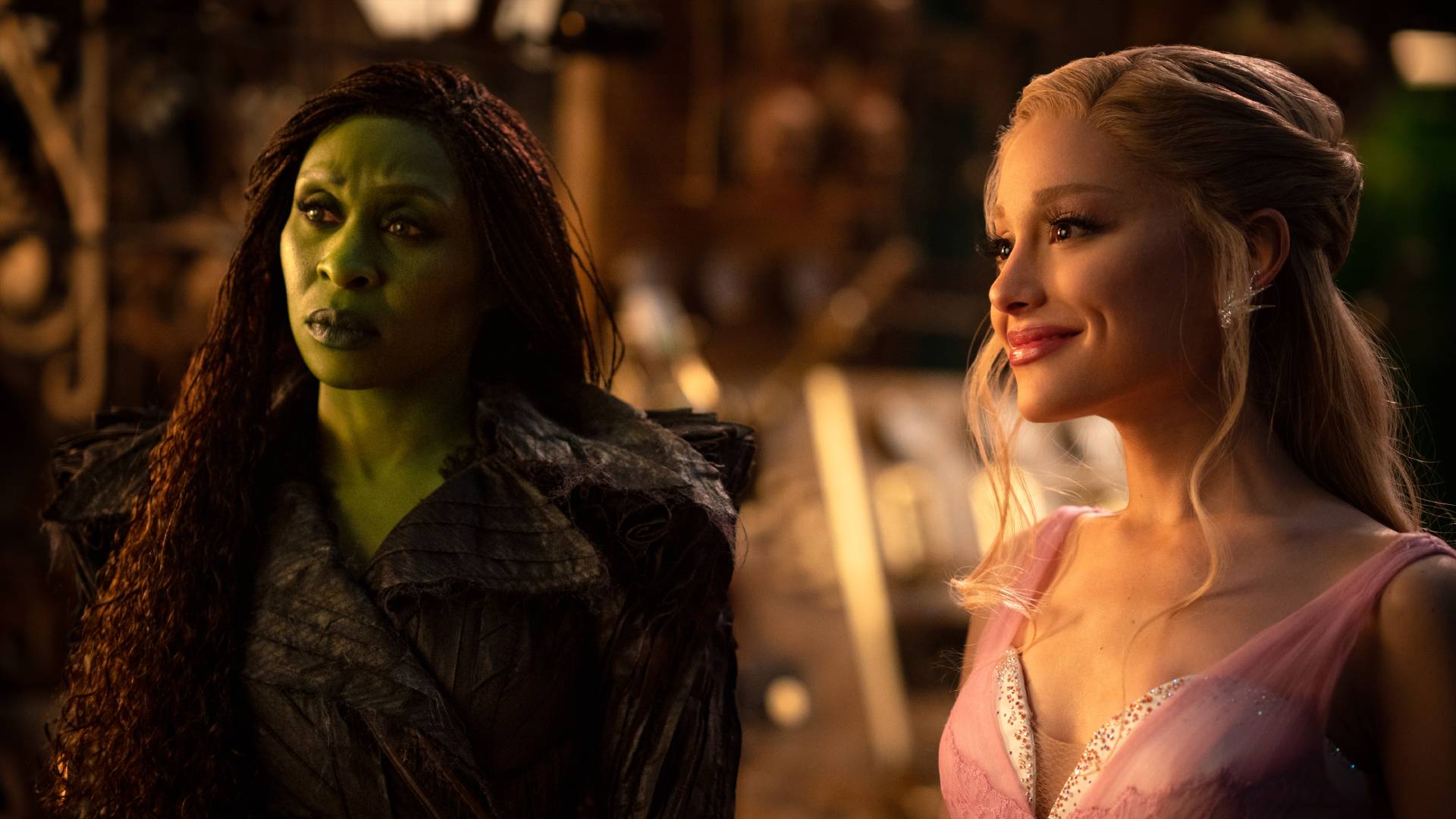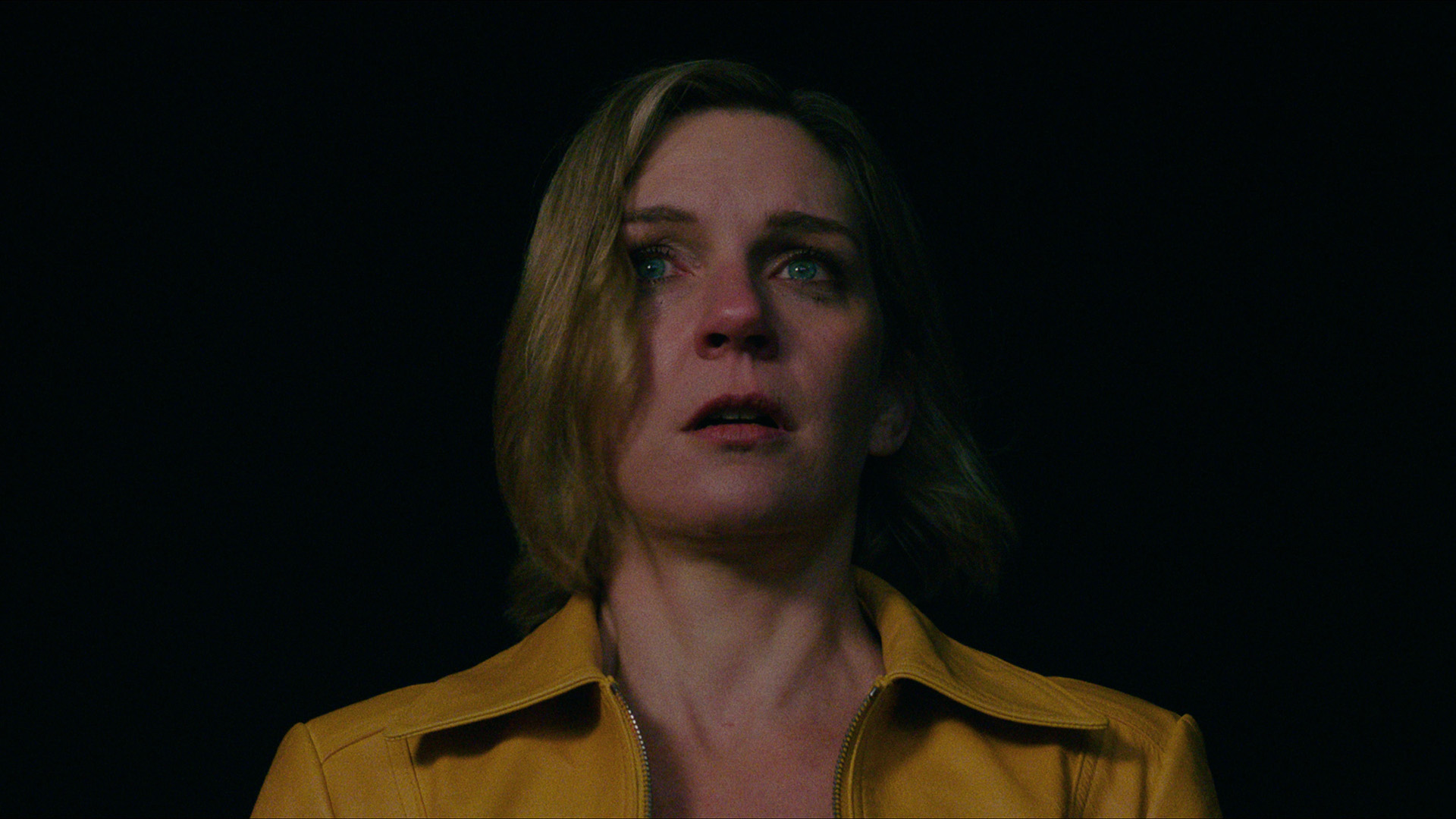After 2 roguelikes, an acclaimed strategy game, and a League of Legends spin-off all in just 7 years, the Moonlighter 2 devs explain how new ideas are key to their survival
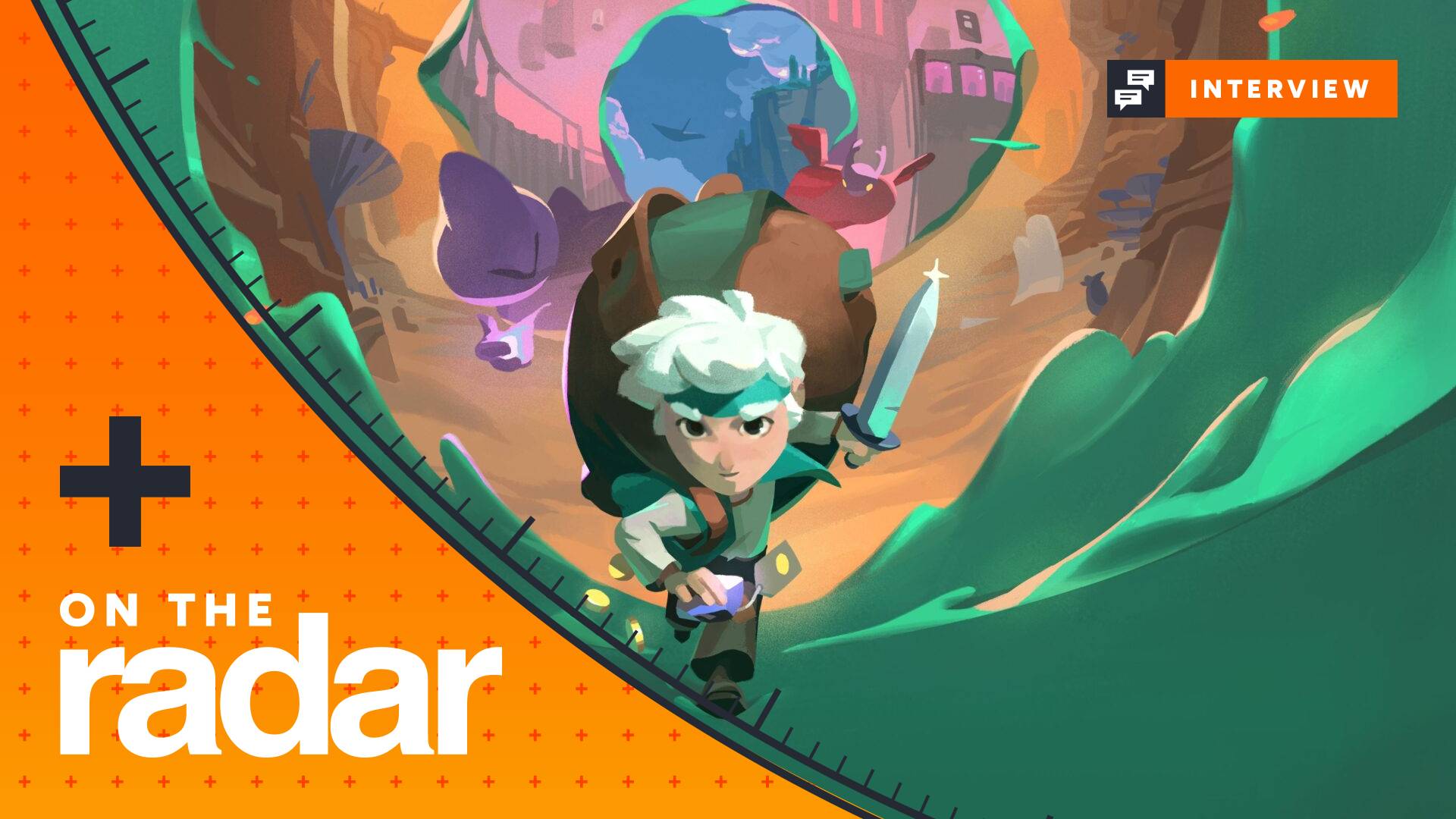
You might be forgiven for assuming that Moonlighter 2 studio Digital Sun moved straight from its debut game to its newly-released sequel. But the Spanish developer has, in fact, been a hive of activity, churning out four titles (as well as Moonlighter DLC) since 2018. That level of productivity is rare, especially when studios shift between genres and disciplines as rapidly as this one has, and it's starting to earn Digital Sun something of a cult following.
"From the start, our studio wanted to make a lot of things," Moonlighter 2 co-director Victor Ribera tells me. That's certainly a goal the team has lived up to. After the original Moonlighter's acclaim came The Mageseeker, an entry in Riot Games' unfortunately short-lived era of League of Legends spin-offs. Like Moonlighter, The Mageseeker was combat-driven, sharing a top-down, pixel-based art-style that made it "a given" for the studio. Still, Ribera says it only came about because the right opportunity arose at the right time.
Shoot for the moon

Digital Sun's first two games might have shared plenty of development DNA - The Mageseeker came about because the team could leverage its expertise with pixel art and top-down combat - but it was less than two years before the studio was back, and with a very different game. "With Cataclismo, we had an idea, and we wanted to explore that," Ribera says. That idea was a real-time strategy game, a huge departure from the roguelikes and hack-and-slashes that the team had made before, not just in terms of genre, but also in terms of appearance.
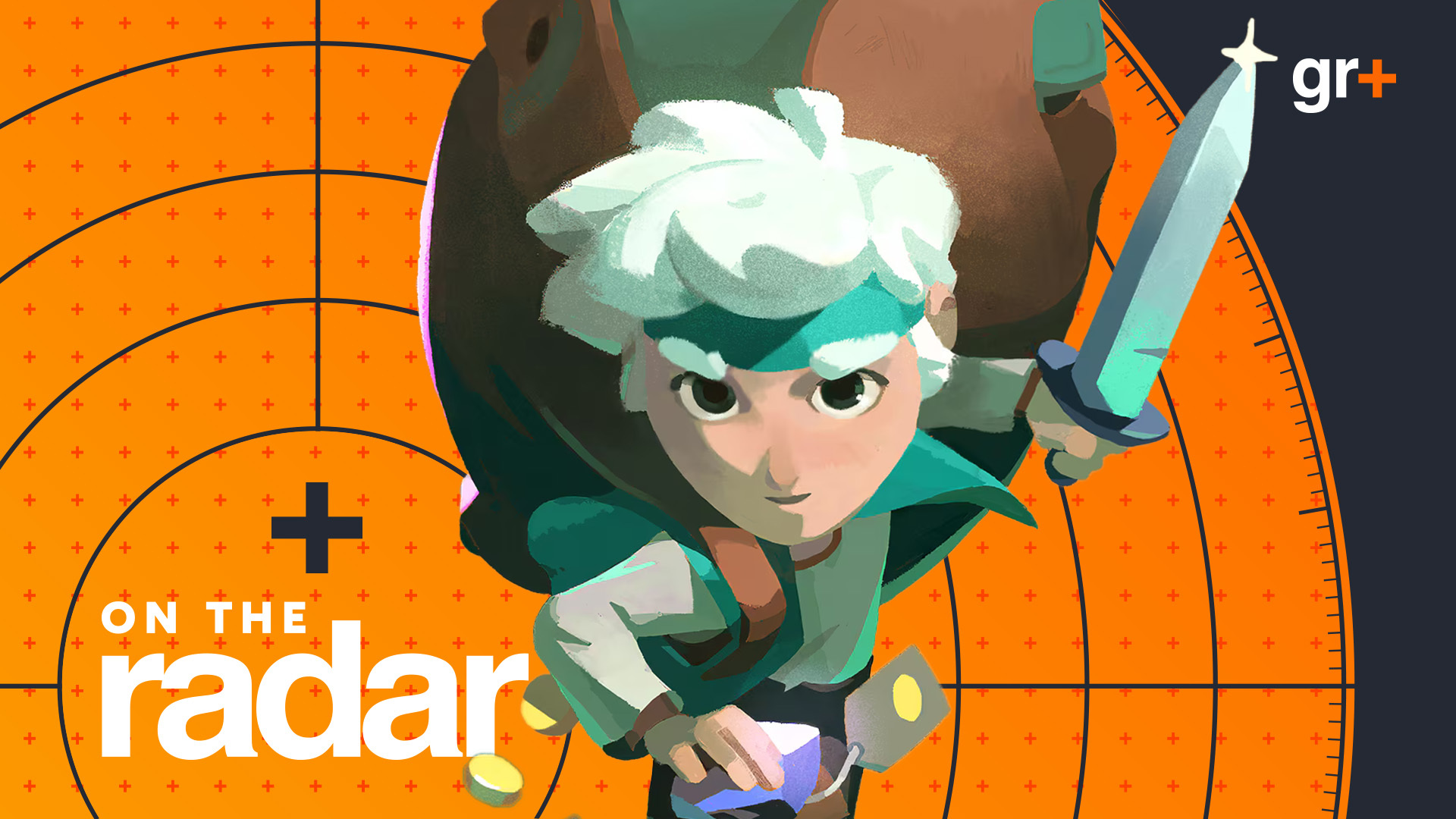
This month, we're diving deep into the dungeon that is Moonlighter 2: The Endless Vault to plumb the depths of the early access launch with exclusive access.
A move from top-down art to a fully 3D strategy game that allowed players to build their own physics-driven fortresses brick by brick was a substantial one, especially with several members of the Digital Sun team still working between Moonlighter and Moonlighter 2 while Cataclismo was in development. But that's all part of the strategy. "We have a lot of team members that are working on a lot of different things," Ribera says, and those different disciplines help complement development across the studio. "Some things in Moonlighter 2 will impact other projects, and other projects have impacted Moonlighter 2." Sometimes that's in terms of programming, or art, but sometimes it's in overall game design.
Digital Sun carried some major changes into Moonlighter 2. No longer the 2D offering that had made the first game's name, it was now an isometric, 3D affair, with massive changes to combat. But the changes were far from skin-deep. Ribera says that while there was a roguelike structure in place, "the first Moonlighter was an RPG," with ideas that "remembered" more traditional roguelike experiences like The Binding of Isaac. "When you analyze it at shop or dungeon level," he explains, "you realize that it's an older RPG. You repeat the cycle, but you're not repeating the same structure. We just made the fantasy of repeating, but didn't actually make the game structure about repeating itself."
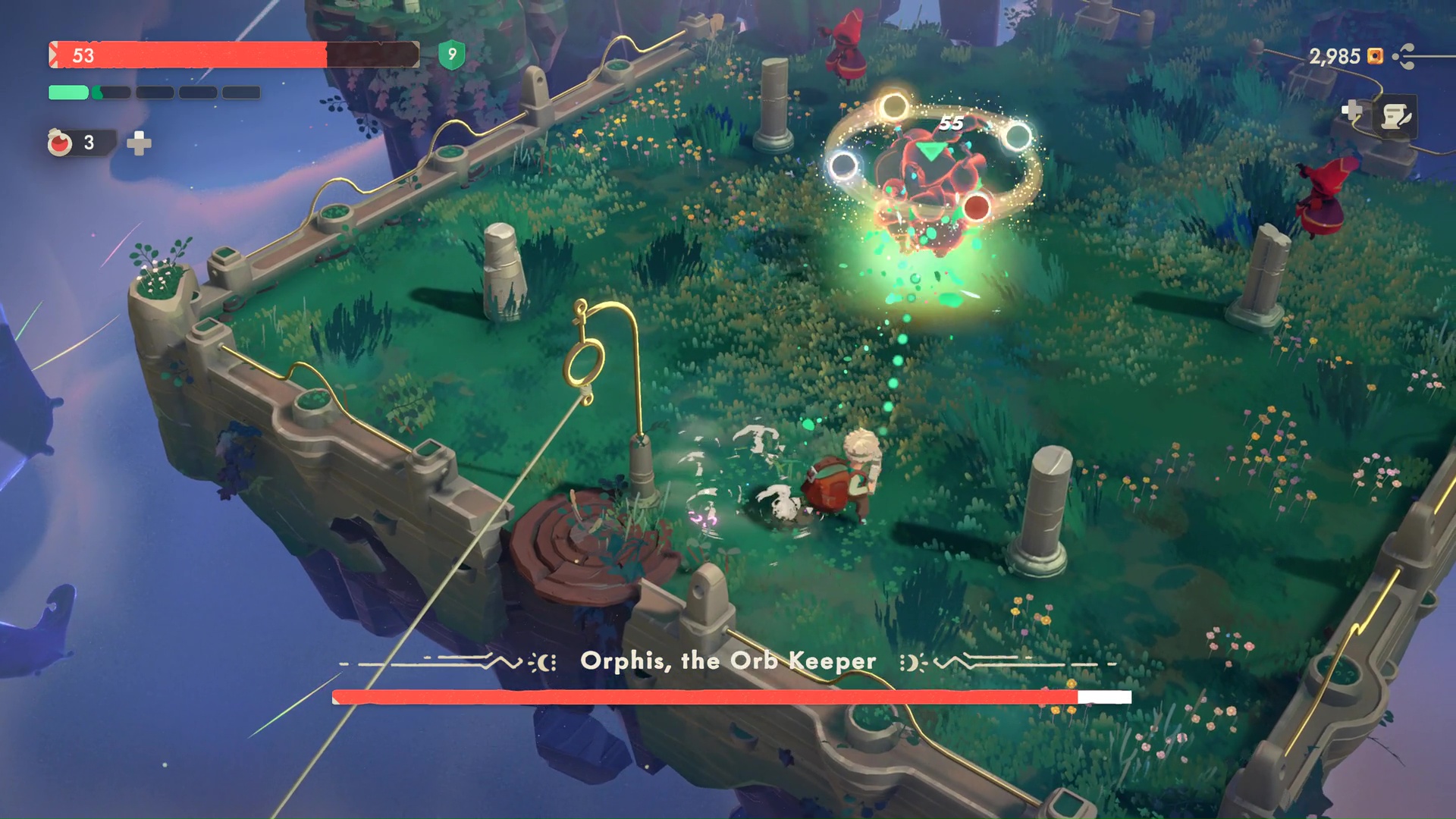
We don't want to spend all the money we've earned on one game.
When it came to Moonlighter 2, the studio knew that it had to keep some of those RPG elements, while also boosting the replayability of the roguelike structure found elsewhere in the game. Doing so, Ribera says, has been "exhausting," and Digital Sun knows even that as it enters its early access launch, the answers that it's found are still not perfect. Player feedback - through demos, playtests, and now early access itself - is invaluable in refining those ideas further, but the lessons learned through the creation of multiple different kinds of games is just as important. In our own Moonlighter 2 review, we found its systems could use tightening up, even though its dungeoneering, looting, and shopkeeping is still "a compelling loop".
While Digital Sun's impressively broad catalogue is helping shape its games, Ribera suggests it's also a key part of the studio's survival. "We don't want to spend all the money we've earned on one game," he says when I ask him about the team's output, "because we know that in the current industry, if you don't sell, you just close. We've seen a lot of Spanish studios that have closed because of that. So we wanted, from the start, to make a lot of games."
Weekly digests, tales from the communities you love, and more
Those projects vary in size, scope, and the expertise required to make them - "some are expensive, some are cheaper. We wanted experience in 3D, 2D, different genres." Some will be looping roguelikes, others will be narrative-focused, like The Mageseeker. But all of them contribute to a broader studio philosophy: "As a company, we think that it's actually quite safe to make a lot of things and keep bringing players different experiences." Perhaps, for a studio who got its start amid the constantly-repeating structure of a roguelike, that's a little ironic. But as Digital Sun proffers up yet another potential cult hit, it's certainly a strategy that seems to be working.
Check out our best roguelikes ranking for more adventures you can enjoy again and again!

I'm GamesRadar's Managing Editor for news, shaping the news strategy across the team. I started my journalistic career while getting my degree in English Literature at the University of Warwick, where I also worked as Games Editor on the student newspaper, The Boar. Since then, I've run the news sections at PCGamesN and Kotaku UK, and also regularly contributed to PC Gamer. As you might be able to tell, PC is my platform of choice, so you can regularly find me playing League of Legends or Steam's latest indie hit.
You must confirm your public display name before commenting
Please logout and then login again, you will then be prompted to enter your display name.

